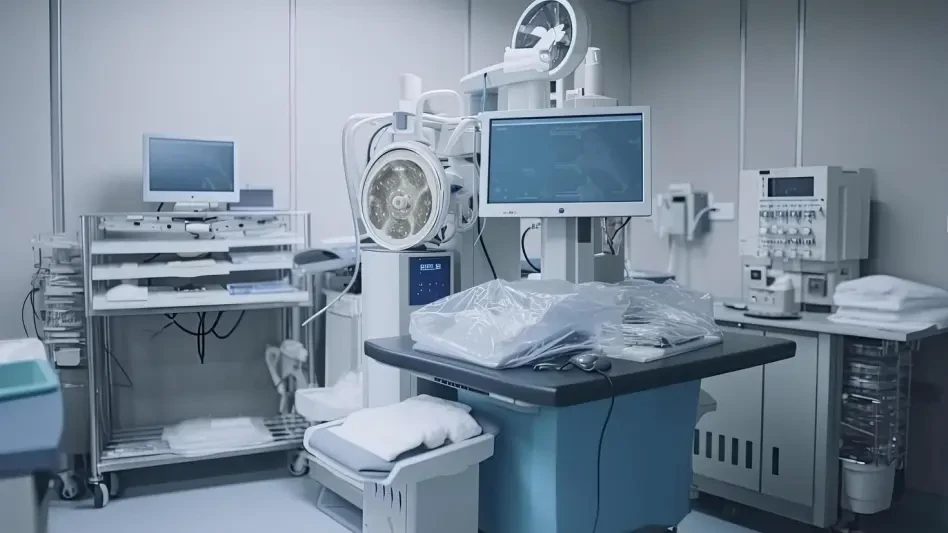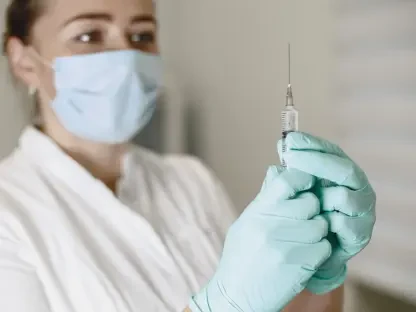Is the maintenance of essential medical technologies in hospitals being overlooked? In many institutions, reliance on external service providers for repairing critical medical devices poses a risk of delayed solutions, which can have a direct impact on patient care. A surprising observation reveals that a significant number of hospitals still face barriers to promptly managing their own equipment maintenance, potentially compromising patient outcomes due to prolonged repair times. There exists a compelling case for hospitals to be empowered to conduct their own medical device repairs, ensuring efficiency and responsiveness in urgent situations.
Why Medical Device Repair Matters
The role of medical devices in modern healthcare extends beyond convenience; they are crucial in determining patient outcomes. Yet, with escalating healthcare costs, hospitals find themselves under immense pressure to optimize resources without compromising care quality. In this environment, the efficiency of medical device repairs can be pivotal. As the push for sustainability and resource optimization grows, enabling hospitals to repair their own devices contributes to cost savings, maintenance agility, and resource efficiency.
Navigating the Right to Repair Debate
Advocates for hospitals retaining autonomy in equipment repair argue that it amplifies operational efficiency and patient care quality. If hospitals can swiftly address device malfunctions internally, the risk of disrupting patient services reduces. Nonetheless, skepticism persists around whether these hospitals possess the needed expertise to handle complex medical technologies safely. Despite these concerns, successful examples showcase hospitals running effective in-house maintenance programs. Such initiatives not only optimize service delivery but also highlight an opportunity for enhancing patient care capabilities.
Professional Perspectives and Evidence
Insight from experienced clinical engineers underscores the viability of in-house repairs. Quotes from veterans in healthcare technology management stress the safety and proficiency these teams bring to the table. Digital narratives highlight diverse settings where hospitals have successfully integrated repair capabilities, resulting in faster service turnaround and reduced costs. Research findings further validate the premise, showcasing safety and effectiveness in hospitals conducting their device maintenance. This evidence calls into question hesitations about hospital autonomy in medical device repairs.
Crafting a Viable Path Forward
Promoting hospital-based repair capabilities requires structured strategies. Hospitals can develop dedicated in-house teams, equipped with specialized training and the necessary tools. Creating solid partnerships with device manufacturers can enhance access to maintenance resources, ensuring that hospitals are not left in a bind when repairs are needed. It is paramount to implement robust cybersecurity measures, safeguarding patient data while allowing repair autonomy. These steps collectively work toward empowering hospitals to engage in critical repairs without compromising safety or service quality.
Looking Towards a More Autonomous Future
In retrospect, greater autonomy in medical device repair represents a move toward efficiency and better healthcare outcomes. Hospitals pursued strategies that balanced operational needs with safety considerations, establishing frameworks for successful repairs. Empowering hospitals with repair autonomy proved beneficial, with increased efficiency and patient satisfaction. Reflecting on this progress, the conversation now gravitates towards finding ways to overcome existing barriers, ensuring hospitals can confidently manage their device repairs. Collaborative efforts between hospital teams, manufacturers, and regulators have opened new vistas for enhanced care delivery, emphasizing responsible autonomy in support of a sustainable healthcare system.









